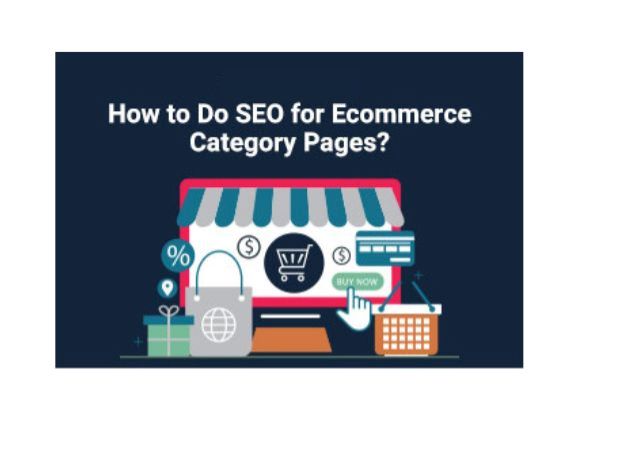Category pages lie above all the product pages. This sorts the availability of multiple products by enlisting similar ones under one category tree. A website can have as many category pages as it can. It requires a good UI/UX designer to design the layout of multiple category pages. But who can guide the UI/UX designer in the best way?- An SEO expert. An SEO expert knows how an ideal eCommerce page should be, particularly from an SEO point of view.
If you hand over your project solely to the UX designer, he’ll design the pages to get product clicks by hook (white hat methods) or crook (black hat methods). Whether an eCommerce site, B2B site, or a B2C site, the SEO executive remains committed to following only organic SEO techniques.
Here are some of the right ways to leverage eCommerce category pages with SEO efforts:
Add Valuable Content
A valuable piece of content can help users make an informed purchasing decision. Don’t just write content for the sake of having content. For example, if there is a category named ‘Wedding Jewelry’, then putting content about ‘History of Gold’ will not make any sense. But if you’ll include the following topic in the content strategy, it would be of great help:
- What’s so special about your jewelry?
- What kind of jewelry do you offer to sell?
- What type of jewelry collections do you have?
Tip 1: Consider answering the pain points in about 30 to 60 words. Don’t stuff excessive and unnecessary information in the beginning.
This tip will help you with beautiful rankings, as Google needs some brief content to understand what your content is all about.
Caution – Keep the content length restricted to what fits above the fold’.
Read More: All You Need to Know About Digital Transformation
Organize Your Categories Logically
Many eCommerce solutions allow you to set parent/child relationships between categories. When you organize the types logically, your site will output breadcrumbs correctly. With breadcrumbs, it is easy for users to locate where they are on your site. Also, they help SEO efforts by equally allocating the page rank to the categories present within the breadcrumbs. Besides, they allow Google to understand your site structure immediately.
But! But! But!
Many UX experts have condemned breadcrumbs’ usage because these have negatively impacted the rankings and conversion rates.
Internally Link Categories
Internal linking helps users find more information related to the specific topic. But when it comes to eCommerce sites, you must combine manual links with automated internal linking.
Do I need to automate links to Parent/Child categories?
Talking about large eCommerce stores, it is quintessentially essential to manage links with automatic. If you rely on manual efforts, you may run into many errors. I hope you don’t want to do that. So it’s best to automate the internal link-building process.
When should I leverage manual efforts to popular categories?
When it comes to CLP pages, you need to take editorial control of your links. Many times, there lies a high search opportunity within the site hierarchy. In that scenario, manual efforts are required. You need to link the child and parent categories to present more information.
Tip: If you can’t load this much to get the highest rank for your eCommerce store, it’s better to hire a reputable SEO company.
Pagination
By pagination, we mean dividing a thorough document into various discrete pages. Pagination is quintessentially essential for eCommerce sites as it reduces load times. You need to rely on pagination to be able to provide a seamless user experience to your users.
Tip: It is suggested to do less with pagination. If you do so, you’ll find your conversion rate lying in a huge problem.
Link To Popular Products
When talking about larger stores, we must prioritize linking to popular products. It is quintessentially better than connecting products through pagination. If you have the right internal linking strategy, you’ll be in huge trouble.
Create Long Tail Categories
You must’ve heard, “The name of the categories needs to be short and sweet.” But long-tail keywords will work when we want to cater to the queries more specifically.
Conclusion
An eCommerce site will rank on the 1st page of SERP if all the mentioned SEO tactics are followed. We may find ourselves in huge trouble if we’re missing out on anything.


